Welcome back to my Around the World in 50 Experiments series. Today we're off to Azerbaijan to learn about mud volcanoes!
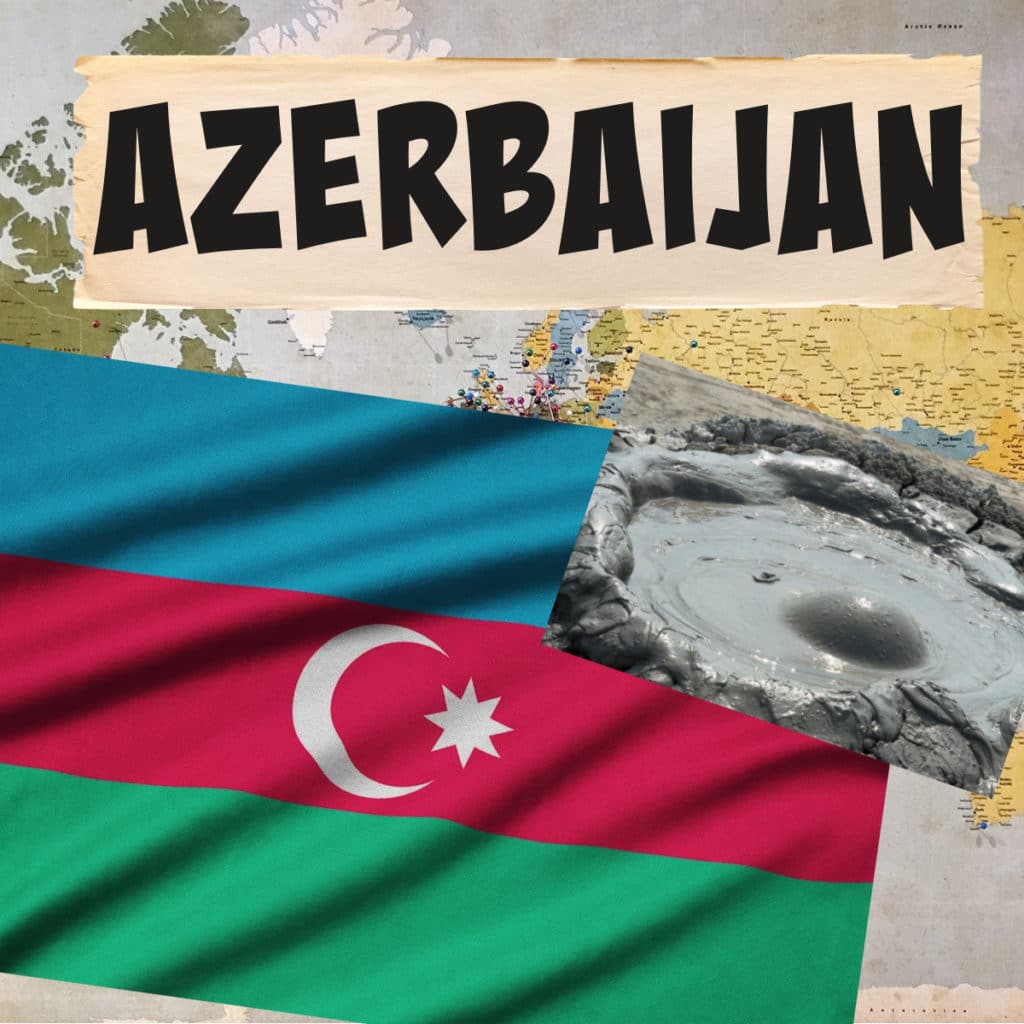
Azerbaijan sits on the banks of the Caspian Sea in Asia. It's bordered by Russia, Georgia, Armenia and Iran and is home to around 10 million people.
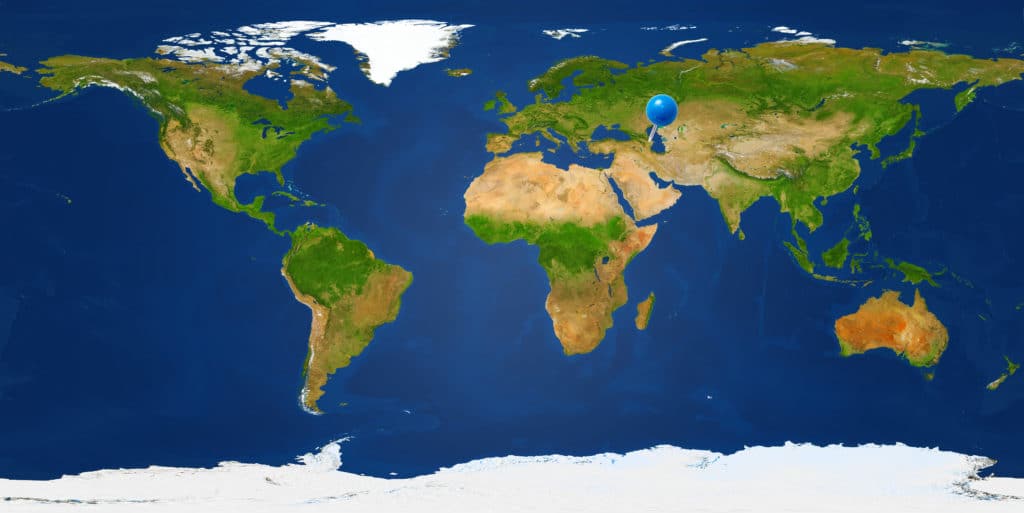
What is a mud volcano?
Azerbaijan has lots of oil and gas reserves. Mud volcanoes have formed above some of these reserves which belch out gases causing eruptions of water, sand, gas and oil.
Most mud volcanoes are small and don't rise much more that a metre high, but occasionally they can erupt so explosively that they spontaneously combust. This happened in Azerbaijan on the 4th July 2021.
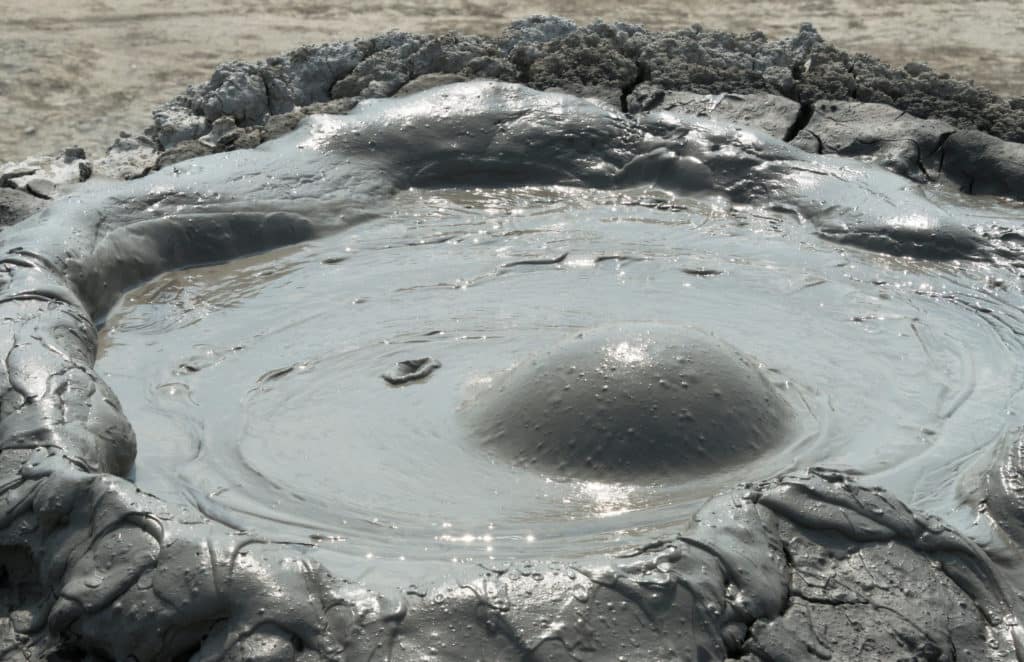
Make your own mud volcano
You can make a very simple model of a mud volcano with some cornflour gloop and a straw!
You'll need
Cornflour
Water
Straw
Bowl
Black or grey food colouring - optional
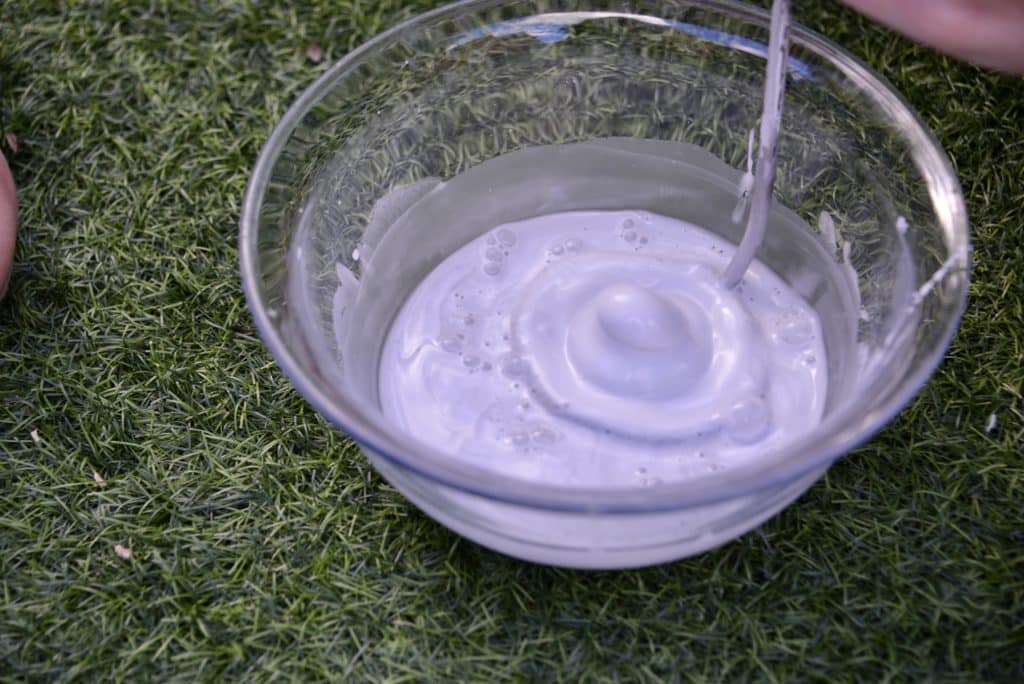
Instructions
Place about a cup of cornflour into the bowl and slowly add water until it turns into a thick liquid that runs through your fingers.
Place a straw under the surface and blow ( DO NOT suck up the cornflour as it won't taste very nice ).
Watch as the air you blow forms bubbles of cornflour that looks just like a mud volcano.
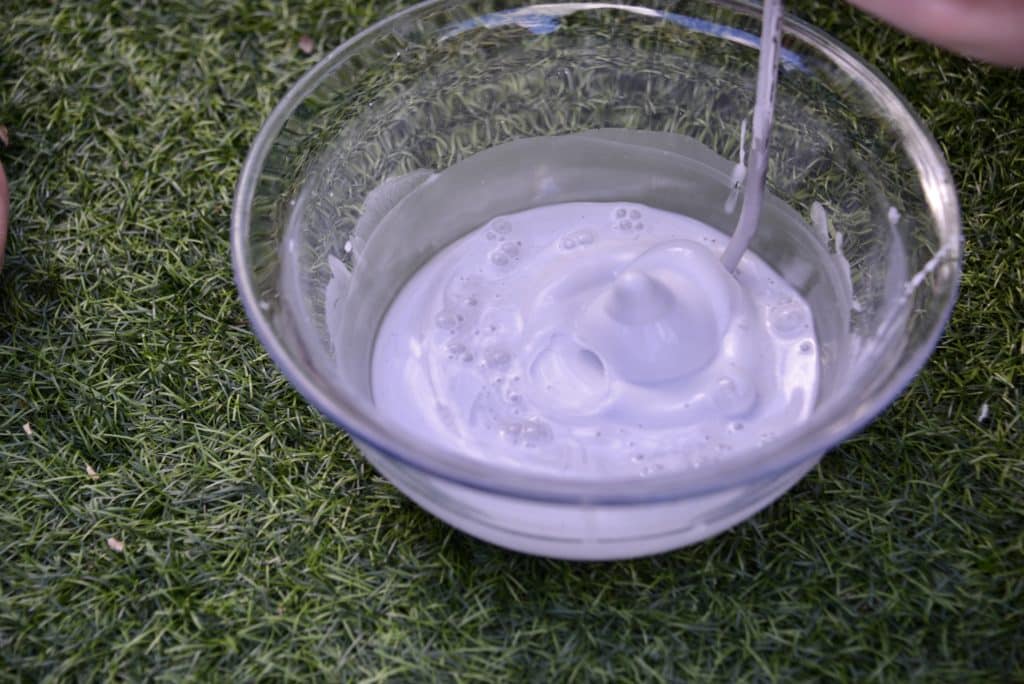
Facts about Azerbaijan
Wrestling is a popular sport!
The capital city is Baku.
Chess is a popular game.
Azerbaijan is home to around 400 mud volcanoes!
The Caucasus Mountains are home to roe and red deer, brown bears and lynx as well as over 300 bird species.
Yanar Dag is a fire which never stops burning. The fire is caused by a constant stream of natural gas leaking to the surface.
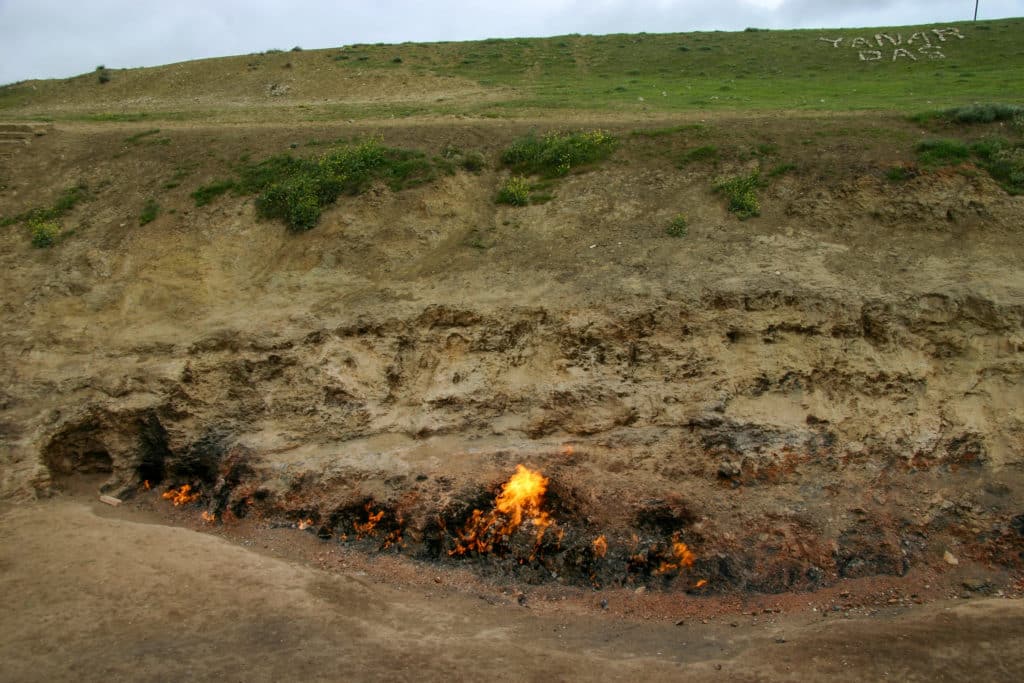
Where will you head to next?
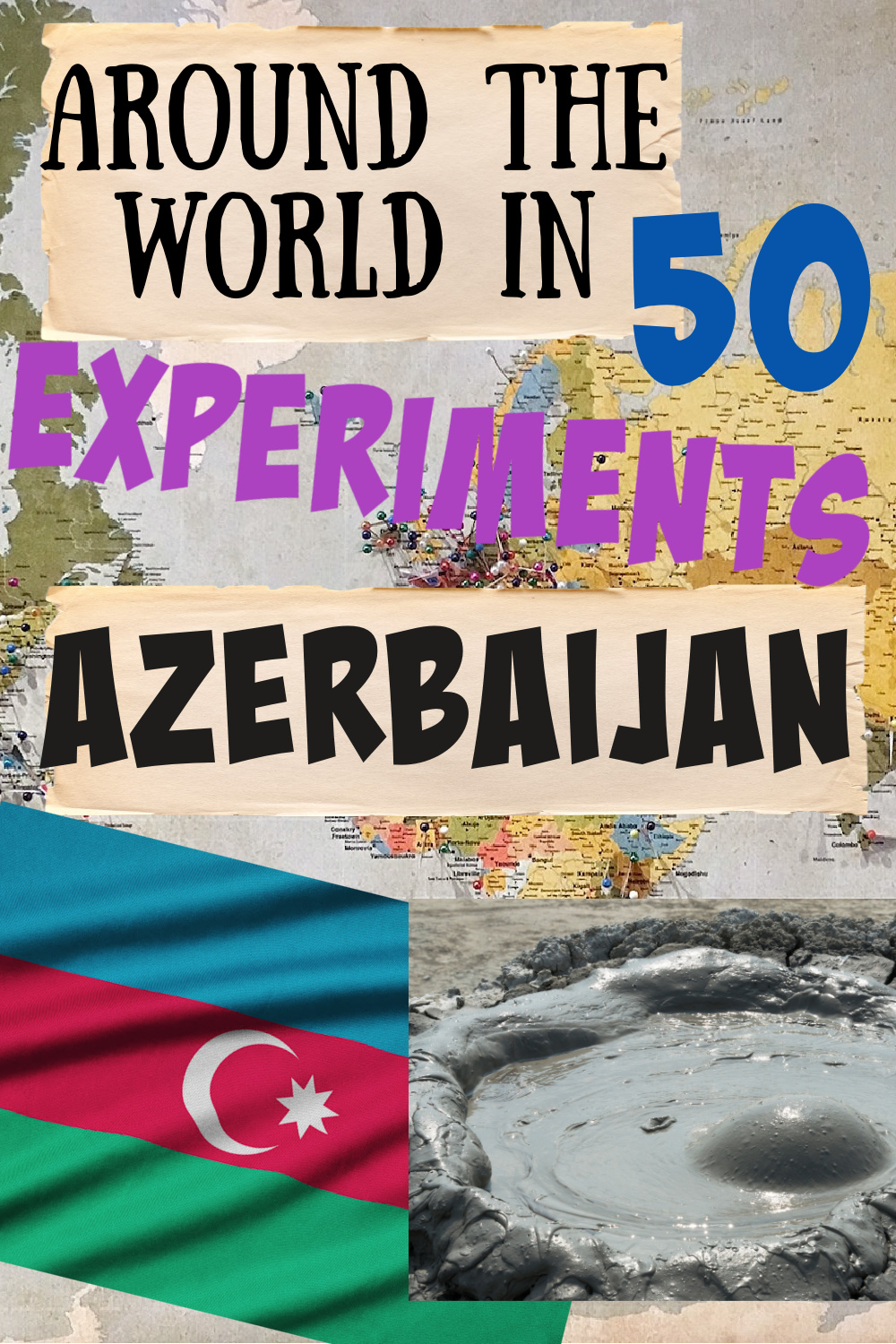
Last Updated on August 10, 2022 by Emma Vanstone

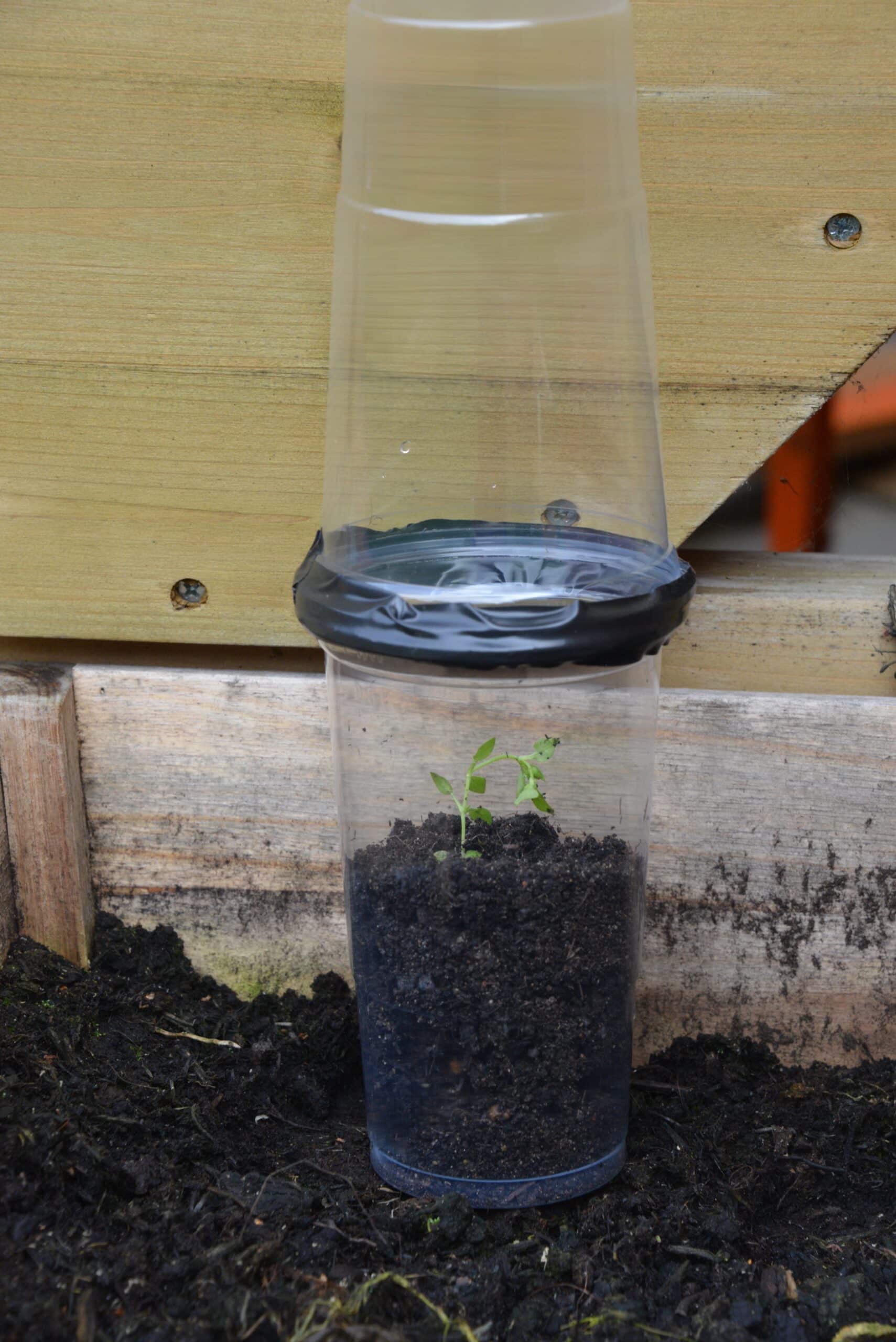

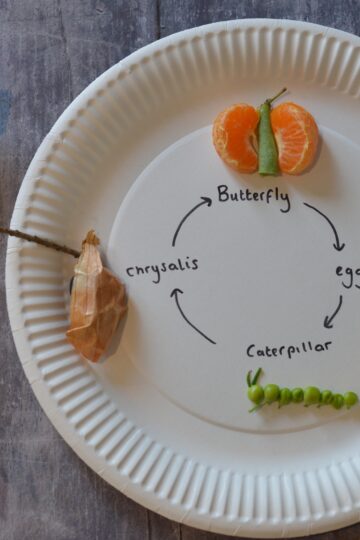
Leave a Reply